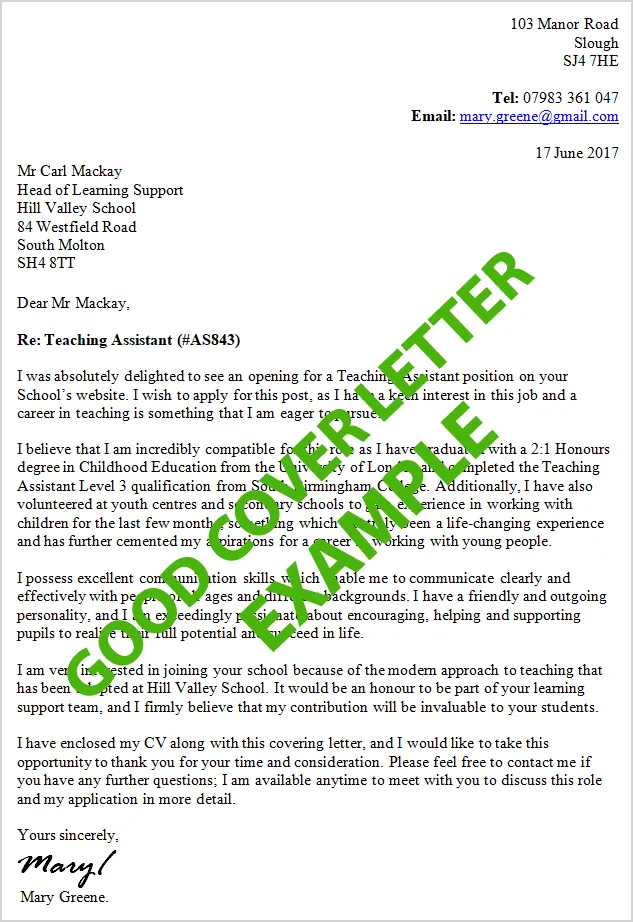Understanding the Purpose of a Cover Letter
A cover letter is more than just a formality; it’s a crucial tool in your job application arsenal. It serves as your personal introduction, allowing you to expand on your resume and demonstrate why you’re the perfect fit for a specific role. Unlike the resume, which provides a factual overview of your experience, the cover letter allows you to express your personality, enthusiasm, and unique value proposition. Think of it as your chance to make a memorable first impression and persuade the hiring manager to delve deeper into your qualifications.
What is a Cover Letter
At its core, a cover letter is a one-page document that accompanies your resume when applying for a job. It’s a personalized introduction to the hiring manager, providing context to your resume and highlighting the most relevant aspects of your experience and skills. It gives you the opportunity to explain why you are interested in the specific position and why you’re a good match for the company’s culture and values. Moreover, it’s your chance to showcase your communication skills and writing abilities, which are essential in almost any professional setting.
Why Cover Letters Matter
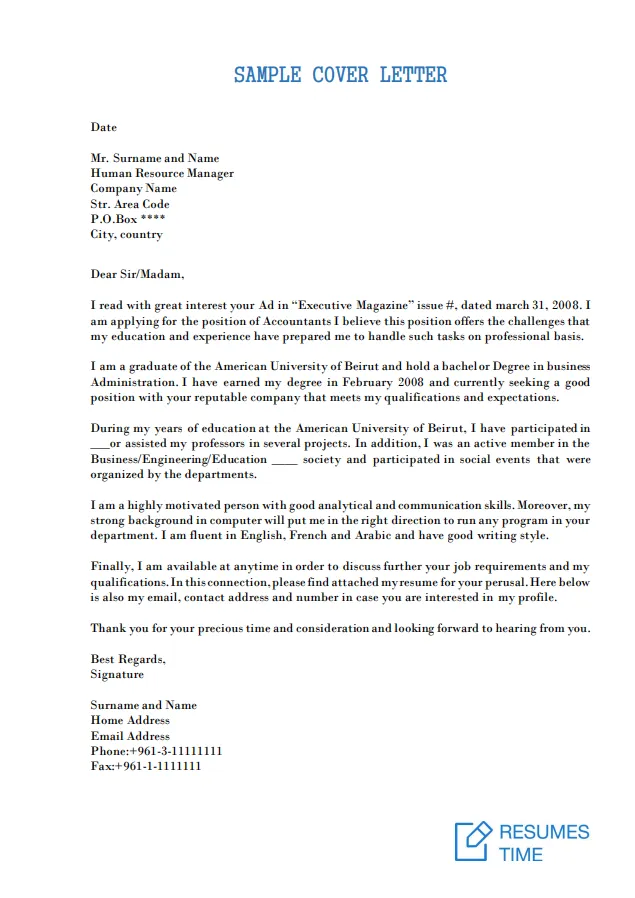
In today’s competitive job market, a well-crafted cover letter can significantly increase your chances of landing an interview. While some may consider it optional, many hiring managers consider a cover letter essential. It demonstrates your genuine interest in the position and the company, showing that you’ve taken the time to tailor your application. Furthermore, it allows you to address any potential gaps in your resume, explain career transitions, and provide a narrative that connects your skills and experience to the job requirements.
Key Components of a Winning Cover Letter
Creating a winning cover letter involves several essential components, each contributing to its overall effectiveness. A strong cover letter isn’t just a regurgitation of your resume; instead, it’s a compelling narrative that highlights your qualifications and demonstrates your enthusiasm for the role. It should be tailored to each specific job and company, showcasing your understanding of their needs and how you can contribute to their success. By paying close attention to these key elements, you can significantly increase your chances of getting noticed and securing an interview.
Header Essentials
The header of your cover letter establishes the professional tone and provides essential contact information. This section is the first thing a hiring manager sees, so it should be clean, well-organized, and easy to read. It sets the stage for the rest of the letter and ensures that the hiring manager can easily reach you if they’re interested in your application. Attention to detail in the header can make a positive first impression and demonstrate your professionalism and organizational skills.
Contact Information Format
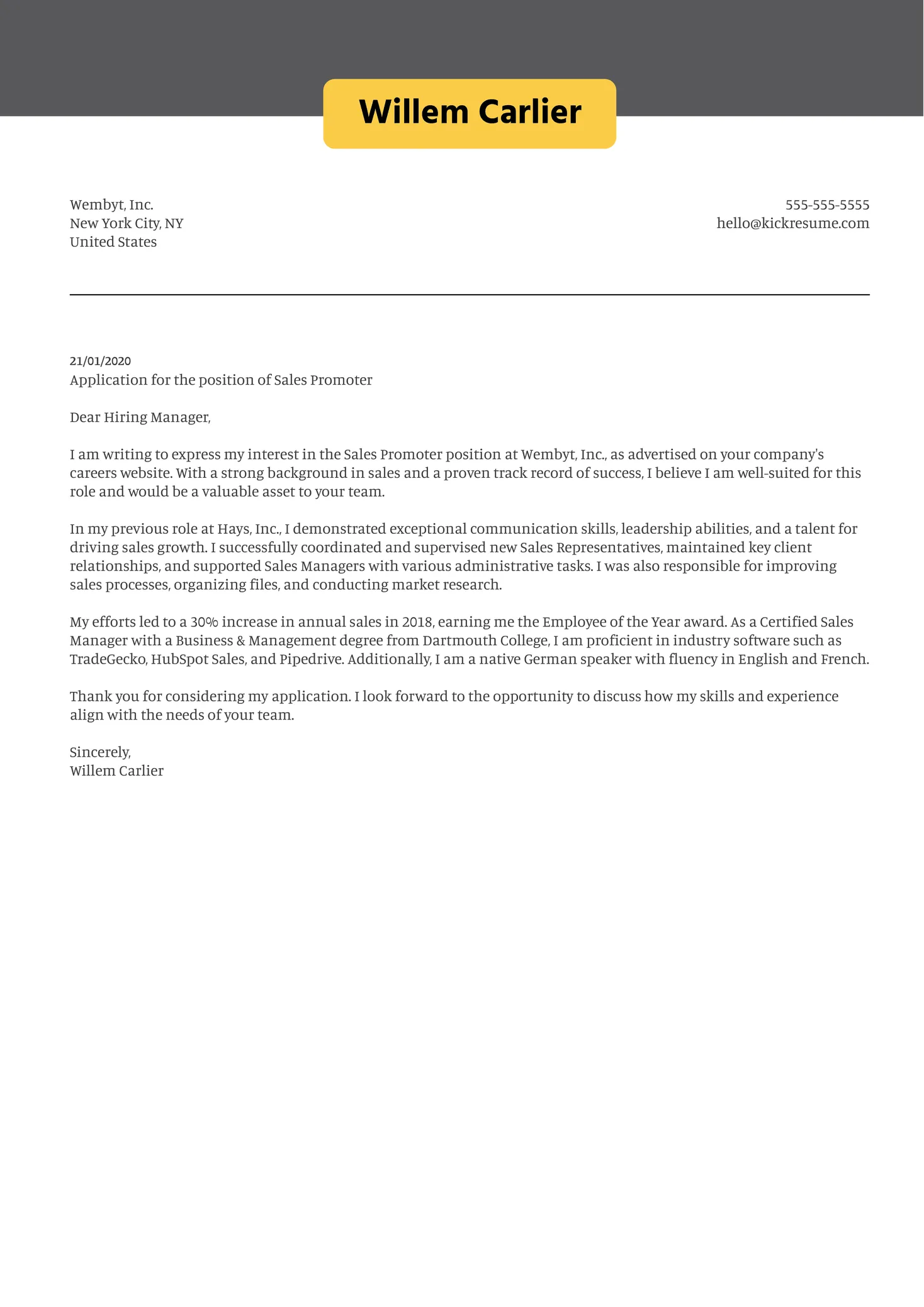
Your contact information should be clearly presented at the top of your cover letter. Include your full name, phone number, email address, and optionally, your LinkedIn profile URL. Ensure that your email address is professional and appropriate. Maintain a consistent format throughout your application materials. This makes it easy for the hiring manager to find and use your contact details. The formatting should be clean, concise, and easy to scan.
Addressing the Hiring Manager
Addressing the hiring manager by name is a simple yet effective way to personalize your cover letter and show that you’ve done your research. It demonstrates that you’re taking the time to make a connection and are genuinely interested in the opportunity. Whenever possible, find the hiring manager’s name through the job posting, the company website, or LinkedIn. If you can’t find a specific name, a professional greeting like “Dear Hiring Manager” is acceptable, but avoid generic greetings like “To Whom It May Concern.”
Crafting a Compelling Opening Paragraph
The opening paragraph is your first opportunity to capture the hiring manager’s attention. It should be concise, engaging, and immediately state the position you’re applying for and where you found it. The opening should also briefly highlight what makes you a strong candidate. Avoid generic phrases and instead try to convey your enthusiasm for the role and the company. A strong opening paragraph sets the tone for the entire letter and encourages the reader to continue reading.
Highlighting Relevant Skills and Experience
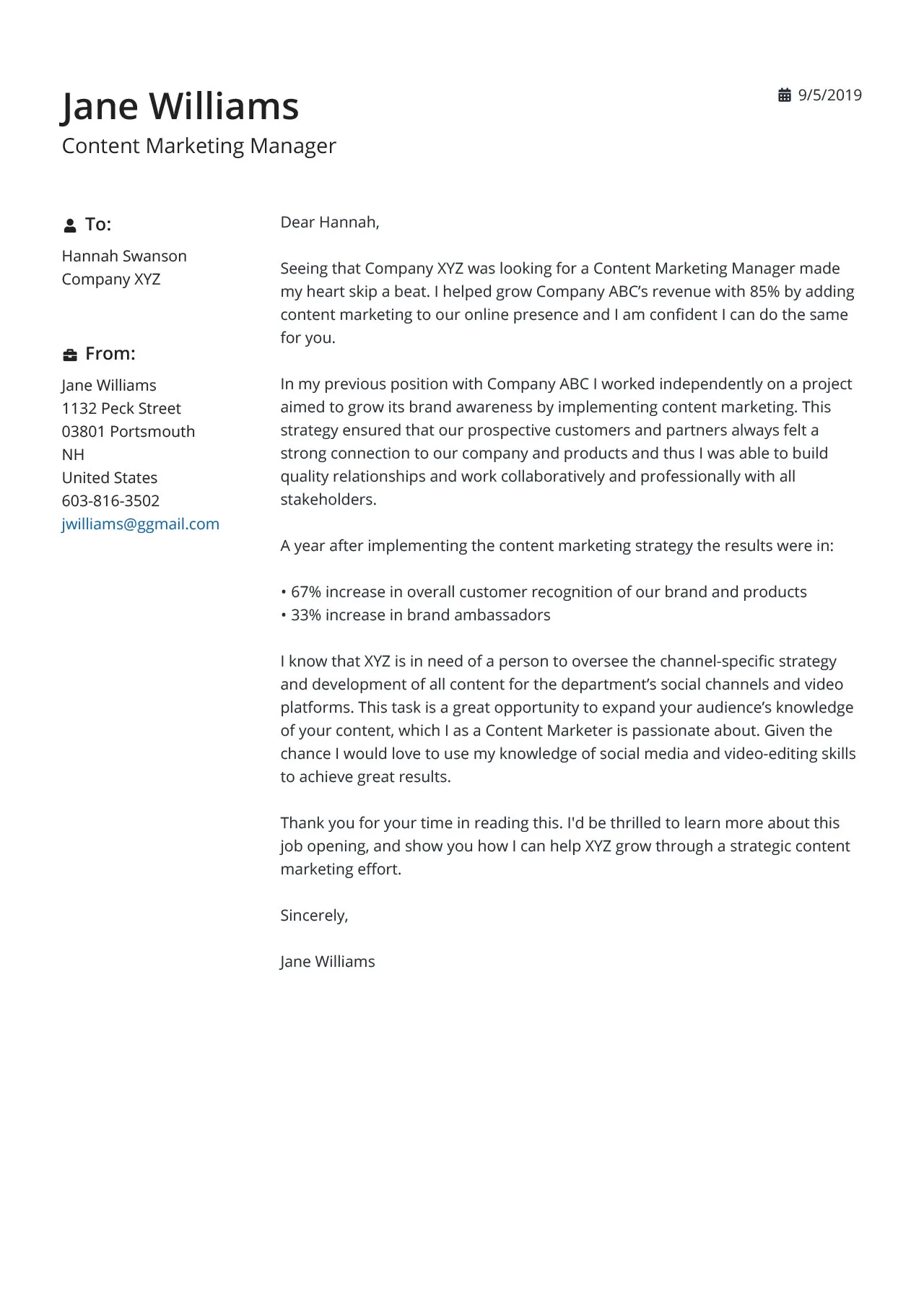
This section is where you connect your skills and experience to the specific requirements of the job. Review the job description carefully and identify the key skills and qualifications the employer is seeking. Then, provide specific examples from your past experiences that demonstrate how you possess those skills. Don’t just list your skills; instead, showcase your achievements and explain how you used those skills to achieve positive outcomes. Use action verbs to describe your accomplishments and quantify your results whenever possible.
Showcasing Achievements
Focusing on your achievements is more effective than simply listing your responsibilities. When describing your experience, use the STAR method (Situation, Task, Action, Result) to provide context and demonstrate your impact. Describe the situation you were in, the task you were assigned, the actions you took, and the results you achieved. This approach helps the hiring manager understand your contributions and how you can bring value to their organization. Emphasize accomplishments that align with the job requirements and showcase your ability to solve problems, improve processes, and exceed expectations.
Quantifying Your Accomplishments
Whenever possible, quantify your achievements to provide concrete evidence of your impact. Use numbers, percentages, and specific data to illustrate your accomplishments. For example, instead of saying “Improved customer satisfaction,” say “Improved customer satisfaction by 15% through implementing a new feedback system.” Quantifiable results make your achievements more compelling and demonstrate your ability to deliver results. They provide tangible proof of your value and help you stand out from other candidates.
Tailoring the Letter to the Job Description
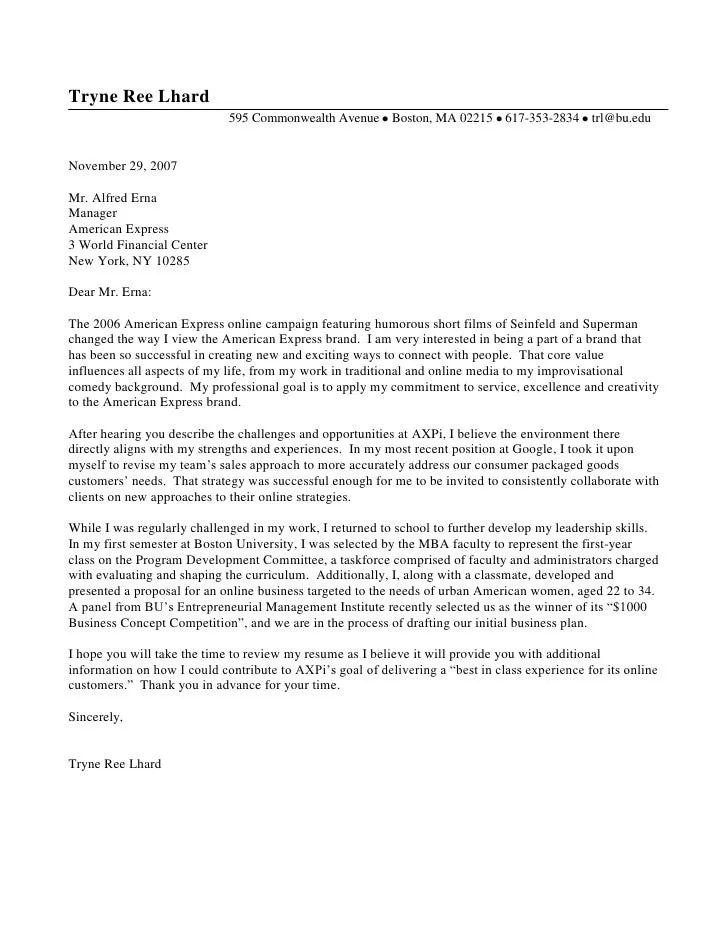
A generic cover letter is unlikely to impress a hiring manager. Tailoring your cover letter to each specific job application is crucial. Carefully review the job description and identify the key requirements and keywords. Then, use those keywords and highlight the relevant skills and experience that align with the job. Demonstrate your understanding of the company’s needs and how you can contribute to their goals. This level of personalization shows that you’ve taken the time to research the role and company and are genuinely interested in the opportunity.
Closing the Cover Letter Effectively
The closing of your cover letter is your final chance to make a lasting impression. It should be concise, professional, and leave the reader with a positive impression of you. A strong close should express your enthusiasm for the position, reiterate your interest, and clearly state your next steps.
Expressing Gratitude and Next Steps
Express your gratitude for the hiring manager’s time and consideration. Reiterate your interest in the position and the company. Clearly state your intention to follow up, such as by saying, “I look forward to hearing from you soon.” or “I am available for an interview at your earliest convenience.” Provide your contact information again, and use a professional closing, such as “Sincerely,” or “Best regards.” A well-crafted closing leaves a positive final impression and encourages the hiring manager to take the next steps in the hiring process.
Formatting and Design Best Practices
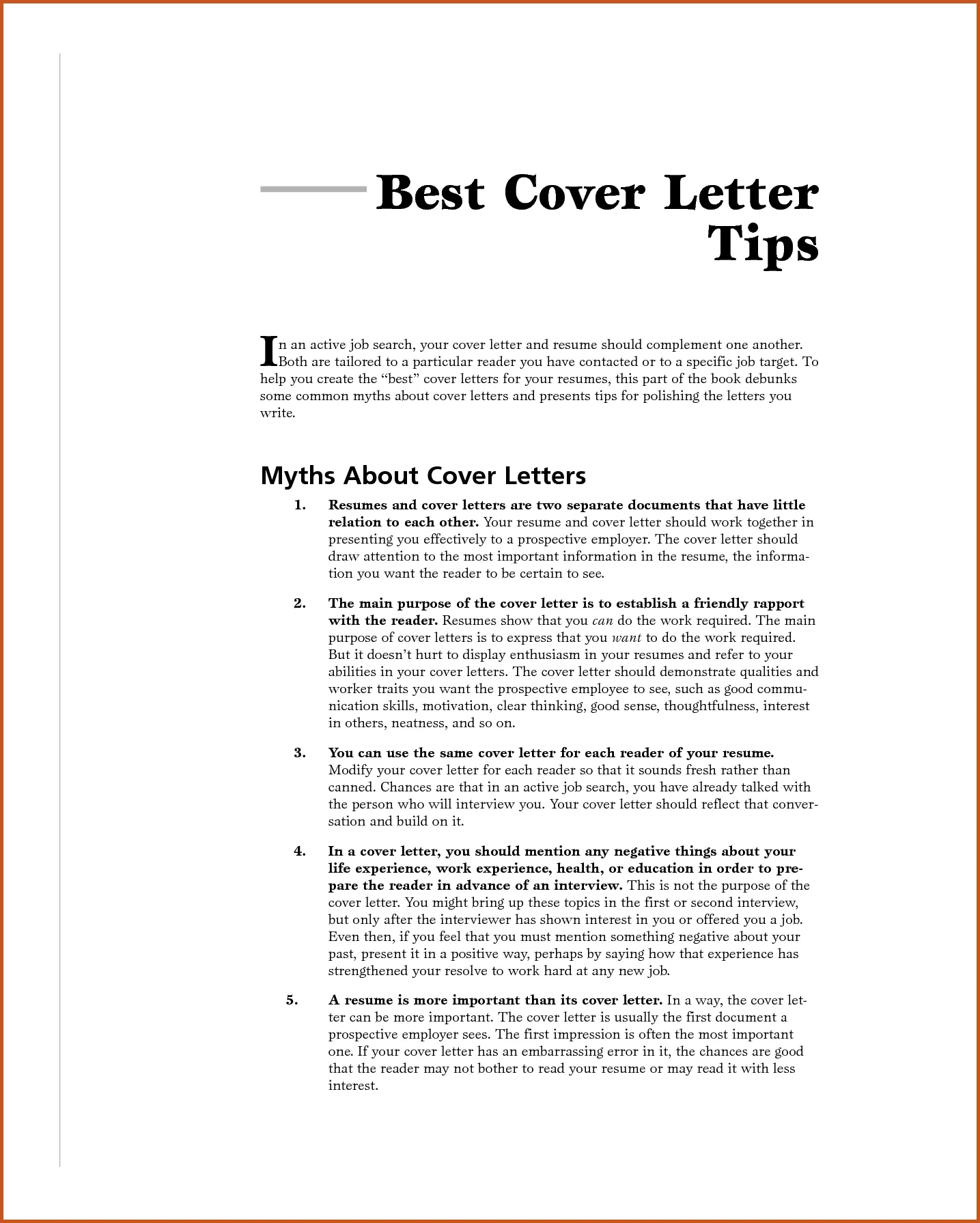
The formatting and design of your cover letter can significantly impact its readability and visual appeal. A well-formatted cover letter is easy to read, professional, and visually pleasing. Poor formatting can distract the hiring manager from the content and create a negative impression. Therefore, it’s essential to pay attention to the formatting and design elements to ensure your cover letter looks polished and professional.
Font and Layout
Choose a professional and easy-to-read font, such as Times New Roman, Arial, or Calibri, with a font size between 10 and 12 points. Use consistent formatting throughout the document. Keep the layout clean and uncluttered with ample white space. Use left alignment and avoid justification unless you are using a professional template. Keep the length of the cover letter to one page. Proper formatting enhances readability and makes your cover letter more accessible to the hiring manager.
Proofreading and Editing
Proofreading and editing your cover letter is crucial to eliminate any errors in grammar, spelling, and punctuation. Errors can create a negative impression and make you appear unprofessional. Carefully review your cover letter multiple times, and consider asking a friend, family member, or career counselor to review it as well. Proofread for consistency in formatting and style. A polished and error-free cover letter demonstrates your attention to detail and your commitment to excellence.
Sample Cover Letter Templates
Utilizing a sample cover letter template can be a helpful starting point for crafting your own. Templates provide a structure and format that can guide you in organizing your thoughts and presenting your qualifications. However, it is essential to personalize the template to fit your specific experience and the job requirements. Customize the content to reflect your unique skills, achievements, and the specific requirements of the position. Remember, the goal is to create a cover letter that showcases your individuality and demonstrates your fit for the role. Use templates as a starting point, but always tailor the content to make it your own.
Cover Letter Template for Various Industries
Different industries may have specific expectations regarding cover letter content and format. Research industry-specific cover letter samples to get a better understanding of how to best present your qualifications. For example, the tone and emphasis might differ for creative roles compared to those in finance. Adapt your template to reflect the industry’s conventions and expectations. Tailoring the content to industry standards demonstrates your understanding of the field and your commitment to the role.
Template for Specific Roles
Several cover letter templates are designed for specific roles. Examples include templates for entry-level positions, experienced professionals, or those seeking a career change. Using a role-specific template can help you structure your cover letter effectively and highlight the most relevant skills and experiences. Be sure to customize the template to align with your unique qualifications and the job description. Carefully review the template’s content to ensure it accurately reflects your professional profile.
